Shopify Exchange Review: Ideal Marketplace to Buy and Sell Businesses
As you can see, building an initial online business can be tough as you need to figure out a lot of factors like the business name, the designs for your store, or the types of products to sell, marketing campaigns, and many more. This could be frustrating if you are a beginner. So, people came out with one idea of purchasing a store that has already proven to be successful in Shopify. However, purchasing a website is like getting into the real estate game online so that you have to choose it carefully and maintain it correctly from hundreds or even thousands of eCommerce stores out there on Shopify.
So, Shopify Exchange was came out as a marketplace for these merchants to buy and sell their Shopify stores with over 3000 eCommerce stores for sale available to help you run a business by buying an existing store here. It is considered to be one of the latest tools on Shopify to help the eCommerce seller create a thriving business. However, depending on your starting point, Shopify Exchange might play different roles.
Exclusive Offer: Get Shopify 33 days for just $1 + The Online Store Starter Kit
Start your 3-day free trial, and enjoy your first month of Shopify for $1 plus the premium package designed especially for new Shopify merchants!
That’s why this article today is for you about Shopify Exchange Review: Ideal Marketplace to Buy and Sell Businesses as I will go through everything you need to know about Exchange including my thought about it.
What is Shopify’s Exchange Marketplace?
The Shopify’s Exchange Marketplace is where the Shopify store merchants build their eCommerce websites for sale to interested buyers in buying from their eCommerce businesses. This platform includes thousands of ready-made businesses that spread out across a wide variety of niches to help buyers purchase in a Shopify store or browse through drop-shipping businesses that are for sale. Every listing of Exchange will feature the reliable insights, also is posted every day to check the amount of traffic that the business has generated as well as the number of sales that business has made so far.
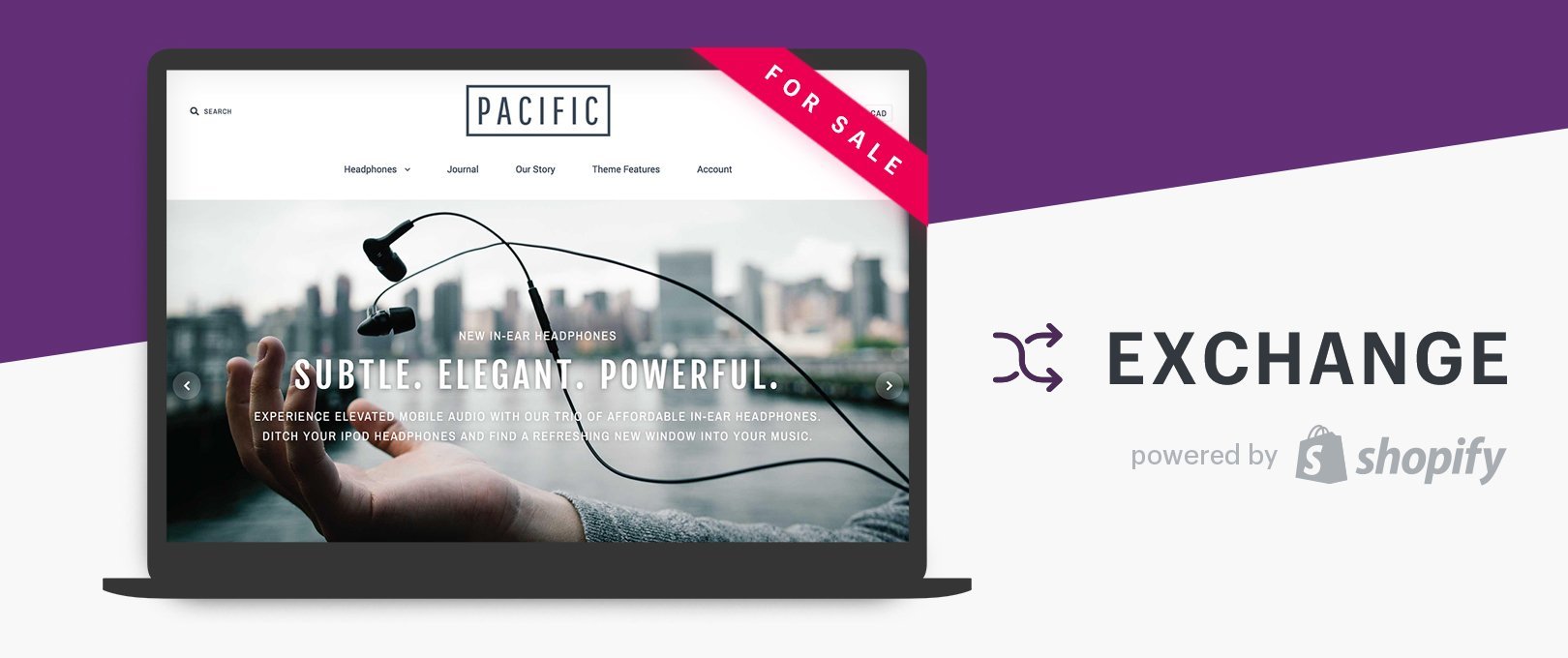
Through the Exchange app, retailers will be able to list their online stores for sale with some information like traffic and revenue data that is drawn directly from Shopify. On Exchange, merchants that use it range from ready-to-go starter stores to successful eCommerce businesses with variable prices. You will be able to see the starter stores with several hundred bucks, and even these businesses that sell with more than six figures in the price.
The Pros and Cons of Shopify’s Exchange
Pros
There are a great collection of advantages that you might have while utilizing Shopify’s Exchange as we are living in a world that online business is so popular and buyer and seller don’t have to actually meet to make a purchase.
Convenience
The first benefit is about the convenience that you might have with Shopify Exchange as it provides you the documentation, time-frames, and other resources so that you don’t have to worry much and still ensure transaction processing quality.
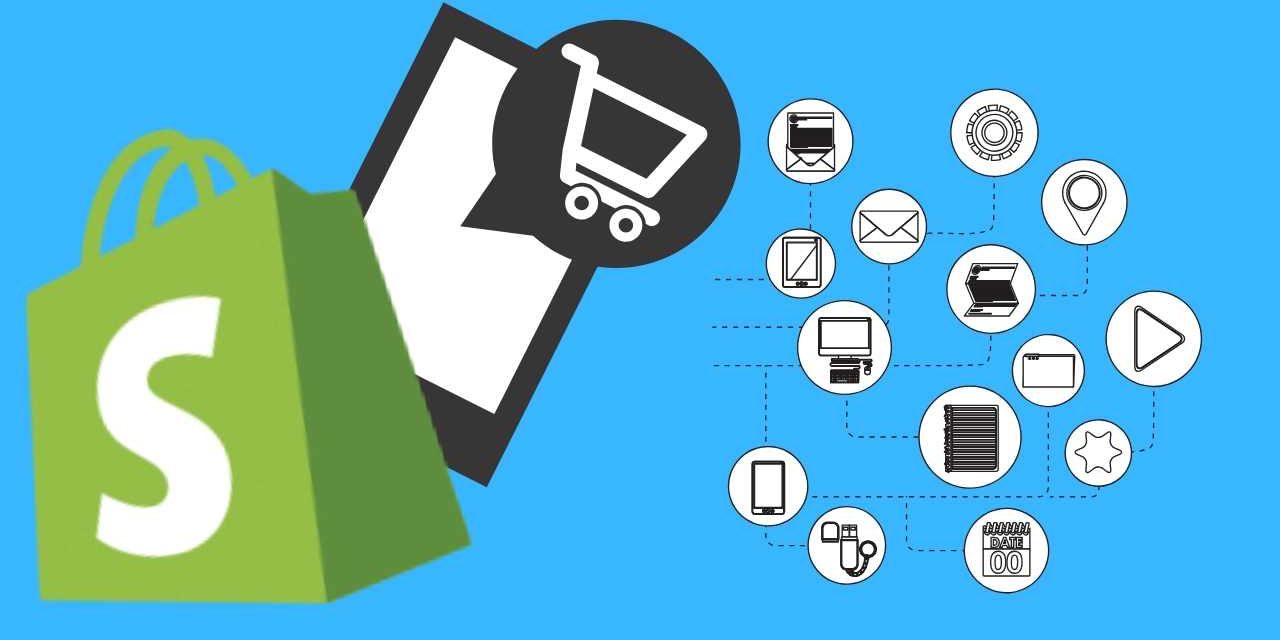
Time-saving
Shopify Exchange is what will help you not invest much time and energy to sell products, but still help you get your store to the point that you want. As Shopify automates the listing process, also the automatically important metrics display to everyone that is interested in it. What time-saving help!
Wide Range of Stores
There are a wide variety of kinds of stores that you can sell. From retail stores to drop-shipping stores or all kinds of an eCommerce website will be able to show up on Shopify’s Exchange and work well.
Secure Transaction
On Exchange, when a buyer makes an offer to buy the business with the price that they want to pay. Upon offer acceptance, buyers and retailers now start the payment transaction through Escrow with secure Store transactions. From here, Exchange will play a role to make sure that the buyers can securely transfer the store, and the seller can receive the funds from Escrow as well.
Cons
However, there is nothing perfect. So you might face similar drawbacks while using Exchange.

The Stores are Being Sold for a Reason
The biggest problem here is that your eCommerce stores are being sold for a reason when they can be currently profitable. In some cases, it might be due to that product is no longer desired by the majority, or it was a seasonal one such as summer swimwear, winter sports gear, for instance. Imagine when you are browsing Shopify Exchange and there are a lot of the stores that are currently not open for business. So, despite the fact that you might buy from a profitable business, you still need to re-open the store and pick up where it left off.
Business Metrics Can be Manipulated
As there are so many fake sites/metrics on Shopify’s Exchange so that your business metrics might be manipulated. For example, you might see your website polluted with a number of brands in some cases. As a result, you will need to utilize the Shopify Exchange Mrush, or another app that to analyze the traffic of the site so that you can see if it’s truly getting enough visits per month to justify the metrics that you are currently seeing.
The Buying Process on Shopify’s Exchange
Shopify’s Exchange Marketplace allows you to browse through most businesses for sale only by some categories, which are business type and location. Then, when you have already found one that is more likely to choose, then you should start the buying process for now.
Buying Process Overview
About the Buying Process Overview on Exchange, this might take you a few minutes to understand as it can be complicated, depending on the business involved. Overall, you should follow the step below:
- 1. Search for a listing that you want to have or want to try.
- 2. Send message to the retailer.
- 3. Direct an offer to the retailer when he or she responds.
- 4. Wait for the retailer to accept the offer.
- 5. Retailer forms an Escrow transaction.
- 6. You will get the notification in order to inform you to accept the terms and submit the payment.
- 7. Payment is approved by Escrow.
- 8. All assets will be transferred to you by retailer.
- 9. All assets will be marked as received in Escrow.
- 10. You need to conduct your inspection period now.
- 11. All assets will bed marked as accepted in Escrow.
- 12. The Shopify Accounts team will turn you from staff to the store owner within 3 days of work. Then, you will be notified when the ownership transfer is completed.
- 13. The funds that you sent will be disbursed to the seller from the Escrow transaction. At the point, the Escrow transaction will be the final one, there is no returning or refund process afterward.
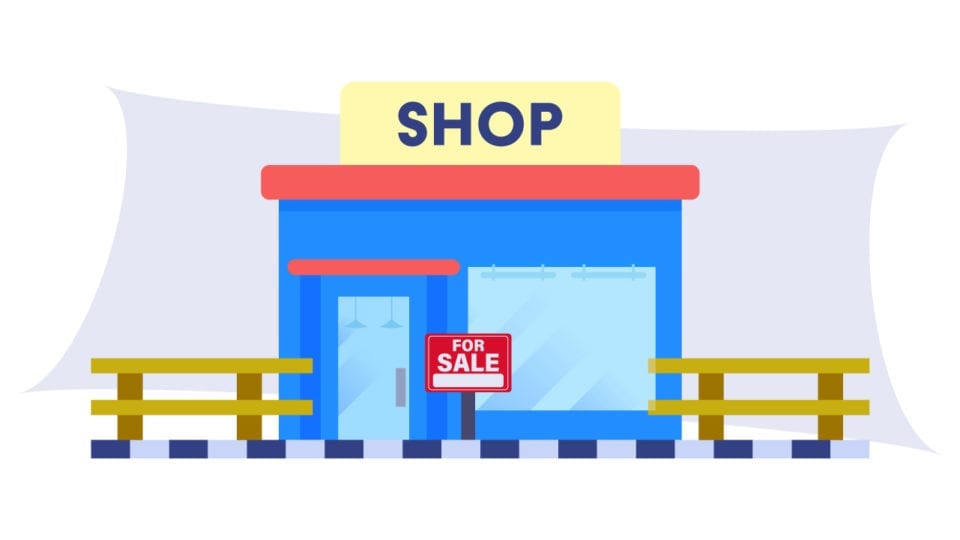
Requirements for Buyers
As the aim of this marketplace is to be a fair and safe selling and buying environment for everyone on Exchange. That’s why Exchange has set some of the following requirements for buyers to follow. If there is only one requirement is failed to meet, then you might be permanently banned from using the Exchange Marketplace.
- 1. The seller must be more than 18 years old.
- 2. In case the seller lives in one of the following countries or regions that Escrow does not support, then they will not be able to use Exchange. These countries are included in this list:
| Afghanistan | Alabama (United States) | Algeria | Angola | Azerbaijan |
| Belarus | Burundi | Cambodia | Central African Republic | Chad |
| Congo | The Democratic Republic of the Congo | Cuba | Côte d’Ivoire | Egypt |
| Equatorial Guinea | Eritrea | Ethiopia | Guinea | Guinea-Bissau |
| Haiti | Honduras | Islamic Republic of Iran | Iraq | Kazakhstan |
| Democratic People’s Republic of Korea | Kyrgyzstan | Lao People’s Democratic Republic | Lebanon | Liberia |
| Libya | Moldova | Myanmar | Nigeria | Pakistan |
| Panama | Russian Federation | Sierra Leone | Somalia | South Sudan |
| Sudan | Suriname | Syrian Arab Republic | Tajikistan | Uganda |
| Ukraine | Uzbekistan | Venezuela | Yemen |
- 3. Do not utilize Exchange Marketplace to promote a product or service.
- 4. Do not embed your personal email address, phone number, or any other form of contact information here in your listing. When buyers have to message you, they will use Exchange to do so.
- 5. Exchange always makes store ownership changes for you.
- 6. Buyers and sellers should only message you through Exchange.
- 7. All listings should be original and they are not allowed to be copied from existing Exchange listings.
- 8. The Online store templates that are sold on Exchange must be original.
- 9. Not alike other regular development online stores made by partners, those businesses, which are listed on Exchange will not be eligible for a commission here.
- 10. No party is encouraged to start a payment transaction outside of Exchange’s payment flow. In case a transaction is fulfilled outside of the Exchange Marketplace Escrow.com flow, then Shopify will not be able to help you with the issues that might be involved in that transaction. Then it can make you become permanently banned from using Exchange as when you utilize Escrow.com outside of Exchange to begin a new transaction, then it is considered to be outside of the authorized Exchange payment flow. Then, buyers will have the official Exchange transactions, which get
exchange-payments@shopify.comlisted as the broker in the Escrow.com transaction.
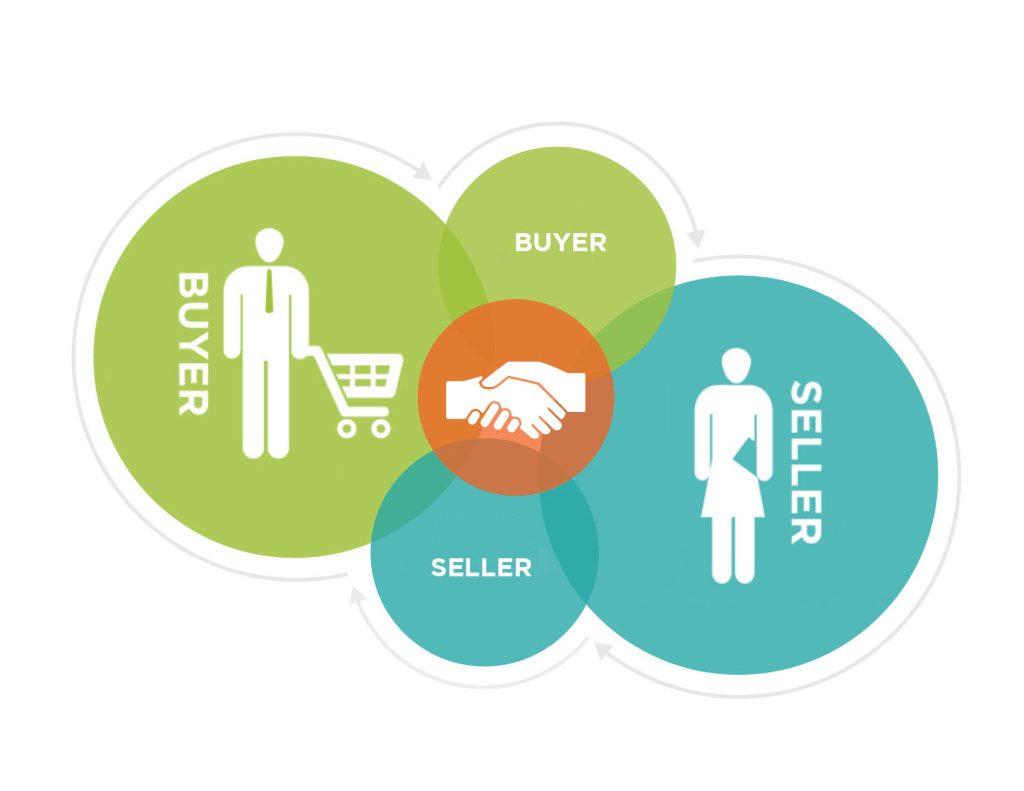
The Selling Process on Shopify’s Exchange
As you might have already known, Exchange has collaborated with Escrow.com to make sure that the payment, listing and transfer processes are straightforward, smooth, and easier for users to sell their Shopify business online.
Fulfill Listing Requirements
At present, Exchange only allows Shopify businesses to create live listings here. When you own a Shopify business, nevertheless, you might want to sell no matter the quantity that you can sell. There will be no minimum number of sales requirements here so that you can list your business on Exchange. However, in Listing your business, there still are some requirements that you need to meet:
- Only the Shopify account owner can have the access right to the Exchange app and install it in a Shopify store.
- You must have the paid plan for your Shopify account. The Shopify’s paused online store plan is also included.
- Its trial period can not be included in your business, you have to wait one day after paying your first invoice to be eligible.
- In case you use Shopify Payments, you must have a good standing account. In case your business has been removed from Shopify Payments, then you will not be able to list it on Exchange.
- You will not be able to have active financing from Shopify Capital.
- You can not have your business on Shopify Plus. In case you do have one, then contact the Shopify Plus Support and talk about the potential of negotiating your contract and dropping to an eligible plan.
Start Selling
About the Selling Process Overview on Exchange, it might be complicated to someone based on what your business involved. Overall, you should follow the step below:
- 1. Make sure that you have met the listing eligibility requirements, also have read about the Exchange Marketplace guidelines.
- 2. Have the Exchange Marketplace app installed on your device.
- 3. Generate a listing for your business, then submit it for review.
- 4. When you have your review approved, you need to publish your listing.
- 5. You will get the message from the buyer.
- 6. Responding to their questions is what you need to do.
- 7. You will receive an offer sent by the buyer.
- 8. You should accept the offer.
- 9. Then, you need to form an Escrow transaction in your Exchange app.
- 10. A notification will be sent to the buyer to inform them to accept the terms and submit payment to the Escrow transaction.
- 11. You will also receive a notification to transfer assets to the buyer.
- 12. All assets will be marked as received in Escrow.
- 13. The buyer will perform their inspection period.
- 14. All assets will be marked as accepted in Escrow.
- 15. It will take you 5 business days to get the funds arrived in your bank account after it is disbursed to you from Escrow.
- 16. The buyer will be able to have the right as the new store owner by the Shopify Accounts team in 3 business days. You will also be ensured that your billing and payment information is securely removed by the Shopify Accounts team in the process.
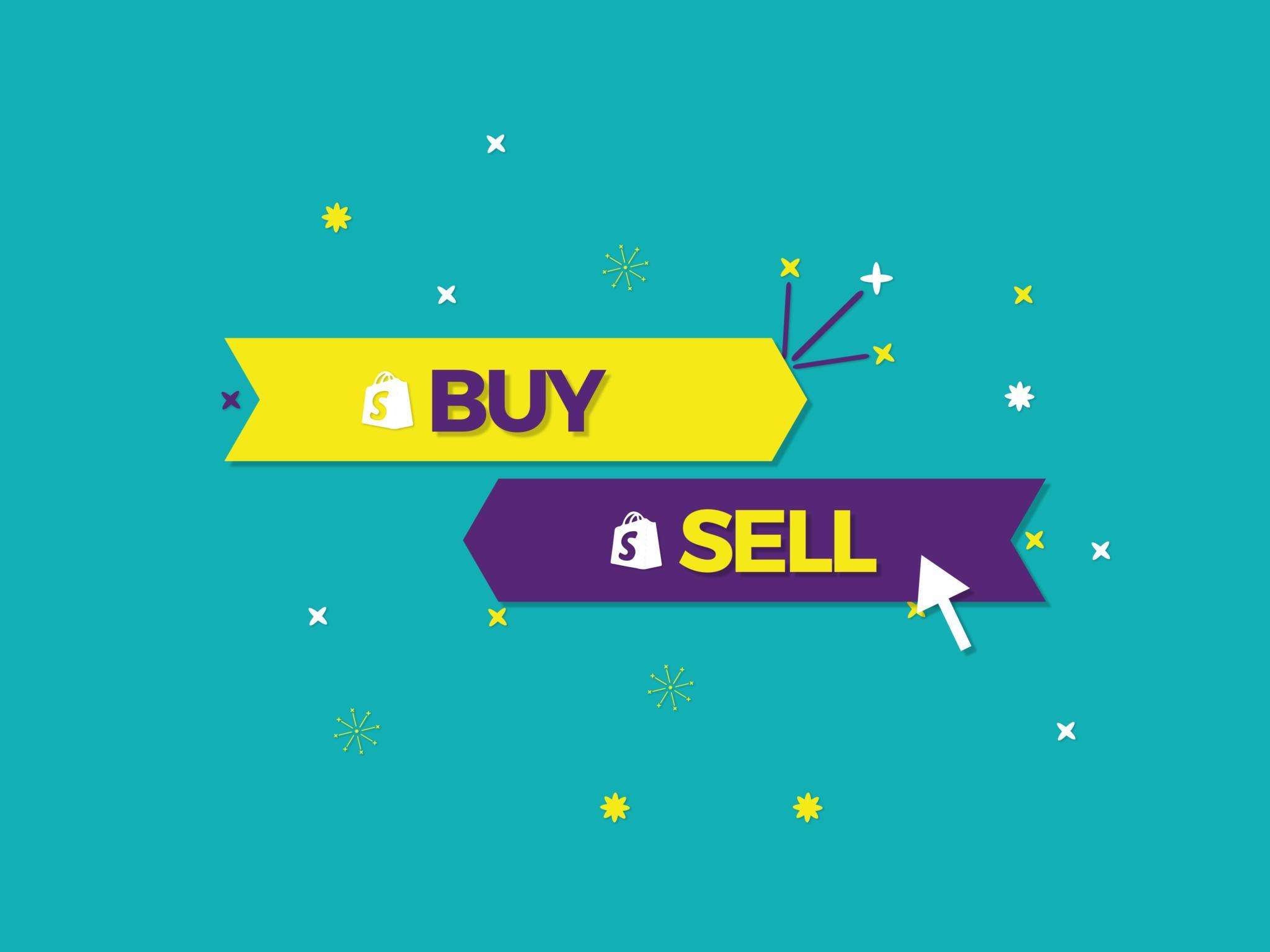
Other Requirements and Guidelines
As the aim of this marketplace is to be a fair and safe selling and buying environment for everyone on Exchange. That’s why Exchange has set some of the following requirements for buyers to follow. If there is only one requirement is failed to meet, then you might be permanently banned from using the Exchange Marketplace.
- 1. The seller must be more than 18 years old.
- 2. In case the seller lives in one of the following countries or regions that Escrow does not support, then they will not be able to use Exchange. These countries are included in this list:
| Afghanistan | Alabama (United States) | Algeria | Angola | Azerbaijan |
| Belarus | Burundi | Cambodia | Central African Republic | Chad |
| Congo | The Democratic Republic of the Congo | Cuba | Côte d’Ivoire | Egypt |
| Equatorial Guinea | Eritrea | Ethiopia | Guinea | Guinea-Bissau |
| Haiti | Honduras | Islamic Republic of Iran | Iraq | Kazakhstan |
| Democratic People’s Republic of Korea | Kyrgyzstan | Lao People’s Democratic Republic | Lebanon | Liberia |
| Libya | Moldova | Myanmar | Nigeria | Pakistan |
| Panama | Russian Federation | Sierra Leone | Somalia | South Sudan |
| Sudan | Suriname | Syrian Arab Republic | Tajikistan | Uganda |
| Ukraine | Uzbekistan | Venezuela | Yemen |
- 3. Do not take advantage of Exchange Marketplace to promote a product or service.
- 4. Do not embed your personal email address, phone number, or any other form of contact information here in your listing. When buyers have to message you, they will use Exchange to do so.
- 5. Exchange is set to always make the store ownership changes for you.
- 6. Buyers and sellers should only message you through Exchange.
- 7. All listings should be unique and they are not allowed to be copied from existing Exchange listings.
- 8. The Online store templates that are sold on Exchange must be original.
- 9. Not alike other regular development online stores made by partners, those businesses, which are listed on Exchange will not be eligible for a commission here.
- 10. No party is encouraged to start a payment transaction outside of Exchange’s payment flow. In case a transaction is fulfilled outside of the Exchange Marketplace Escrow.com flow, then Shopify will not be able to help you with the issues that might be involved in that transaction. Then it can make you become permanently banned from using Exchange as when you utilize Escrow.com outside of Exchange to begin a new transaction, then it is considered to be outside of the authorized Exchange payment flow. Then, buyers will have the official Exchange transactions, which get
exchange-payments@shopify.comlisted as the broker in the Escrow.com transaction.Exchange’s Service Fee

After the listing has been approved in the listing review process, there will be the service fee revealed in the Exchange app. This fee is the combination of the Escrow fee and the estimated Exchange fee, excluding the Escrow’s standard 10 dollars of disbursement fee. Based on the final sale of the business, the Exchange’s fees will be estimated, but it can change afterward because the seller might accept a lower or higher offer. Finally, you will get the exact fees displayed in the actual Escrow transaction.
Through the Exchange payment flow, the successful sale of your business will have Exchange charges a service fee. This kind of service fee includes the Escrow and Exchange fees, plus these deducted from the proceeds you receive from the sale. You will not have to pay extra costs to list your business on Exchange. At the same time, you only have the fee applies in case you have successfully sold your business through the Exchange payment flow. The service fee is for getting you hands-on support with your transfer, and the secure payment system is for making sure that you get paid via Escrow.com, as well as the knowledge is for ensuring that your financial information is protected during and after your sale.
After all, the final Service Fee will be disclosed when you finish accepting an offer and creating a transaction in the payment flow. Plus, you are the person that pays the service fee as the one who sells the business.
Final Thoughts on Shopify’s Marketplace
If you are on the way of taking the first step into eCommerce business, Shopify Exchange - Ideal Marketplace to Buy and Sell Businesses might be the thing that you need. Then, Shopify’s Exchange Marketplace is still a perfect place for both people looking to invest in a fully-functioning business or just spend a part of their time to find an online business idea and run with marketing. Also, it is a great place to identify a store that’s suitable for your budget and your available time and resources as well.
Remember one thing that, on Exchange, you might be unable to find what you’re looking for at first, then just keep tabs on what’s on offer there because there are so many new opportunities coming along every day. Hopefully, if you are about to take the first plunge into eCommerce, after reading this article, you can make your choice and take the first step into Exchange now.
If you still have something that you are not sure about, just let us know. We are always willing to help you with that.
Featured Articles: Shopify Free Trial 2024
New Posts






